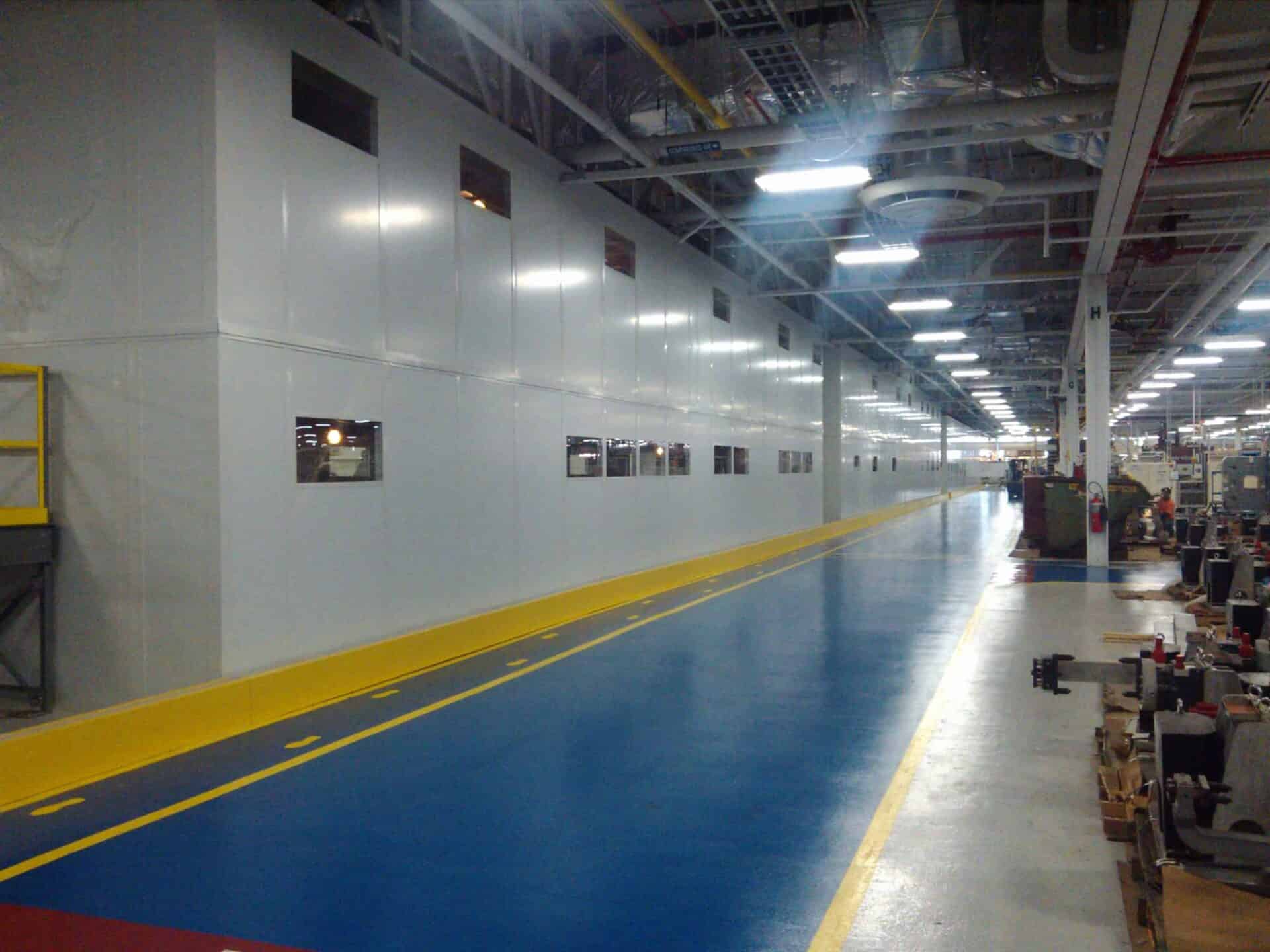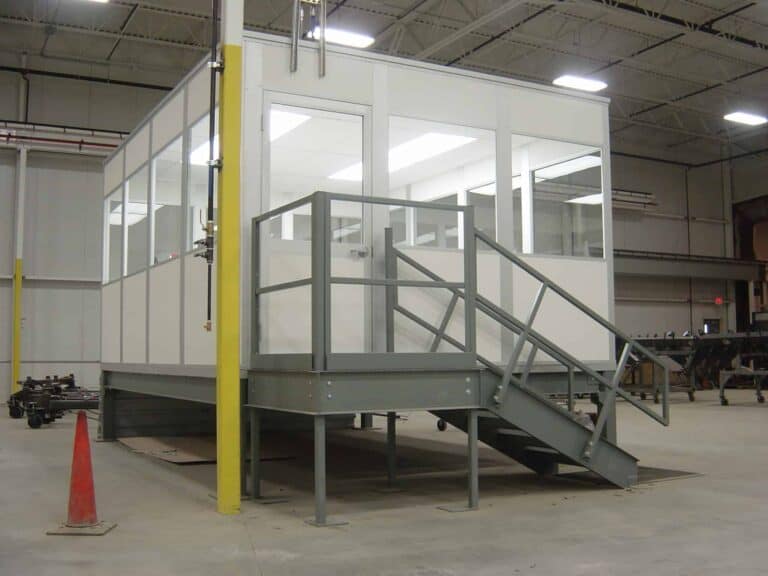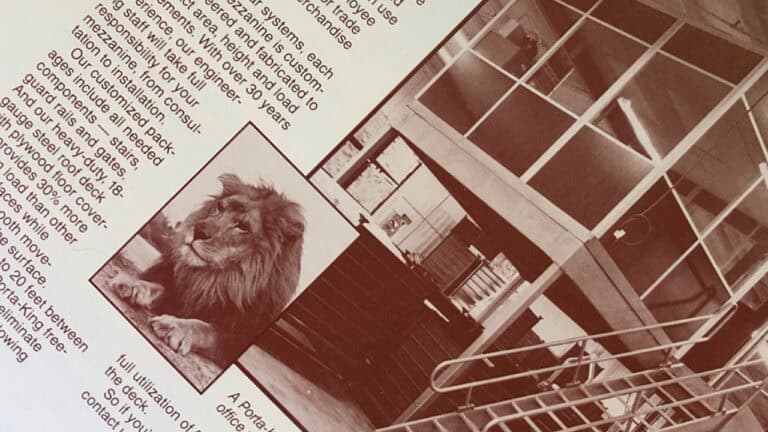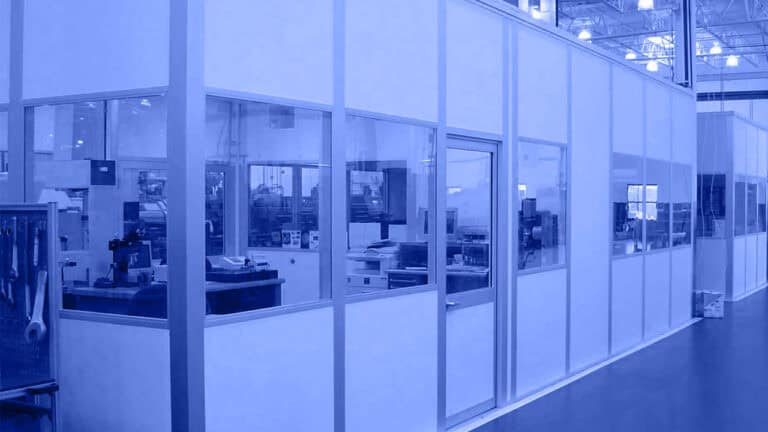According to the Rocky Mountain Institute, a nonprofit organization dedicated to encouraging the shift to sustainable and renewable resources, buildings make up 72 percent of carbon emissions. However, a building can cut its carbon emissions by half by committing to energy solutions such as:
- Retrofitting buildings with in-plant offices
- Upgrading windows
- Adding natural lighting
- Other proactive measures
In the long term, making these changes will be cheaper than continuously buying or building more ways to generate the needed energy.
Colorado’s Investment in Sustainable Building
Colorado is a state that prides itself on its natural beauty, which attracts millions of visitors per year in the form of ecotourism. These tourists come from all over the world to see natural landmarks such as Pikes Peak or the Colorado River. Therefore, it is only natural that people living and working there want more sustainable options when designing new buildings or retrofitting older ones. By shifting to more eco-friendly buildings, Colorado can continue to draw in tourists and preserve its natural wonders.
A recent video made by the Rocky Mountain Institute, “A Tale of Two Futures: Sustainable Buildings or Unsustainable Climate Change,” discussed the steps that our society can take to reduce carbon emissions. By following this organization’s example and making the right upgrades, an in-plant office can not only provide a cleaner work environment, but improve overall energy efficiency.
On-Site Management Reduces Traveling
Many administration or management offices for businesses are located away from the main floor, requiring back-and-forth travel that adds to a business’ carbon footprint. By adding an in-plant office, the need for traveling is reduced or even cut out entirely. Less travel reduces carbon emissions and traveling costs as well. Lastly, closer management also means greater productivity and communication among workers and supervisors.
What to Consider Before Retrofitting
“Retrofitting” adds new features to preexisting structures or systems. When considering retrofitting, it is important to first look over the options available and decide if it is a worthwhile investment. Factors to consider include building conditions and if systems such as electrical and water are already running at ideal levels before replacing them. Making the right sustainable choices will not only save you money in energy costs, but help push us towards a greener future.






